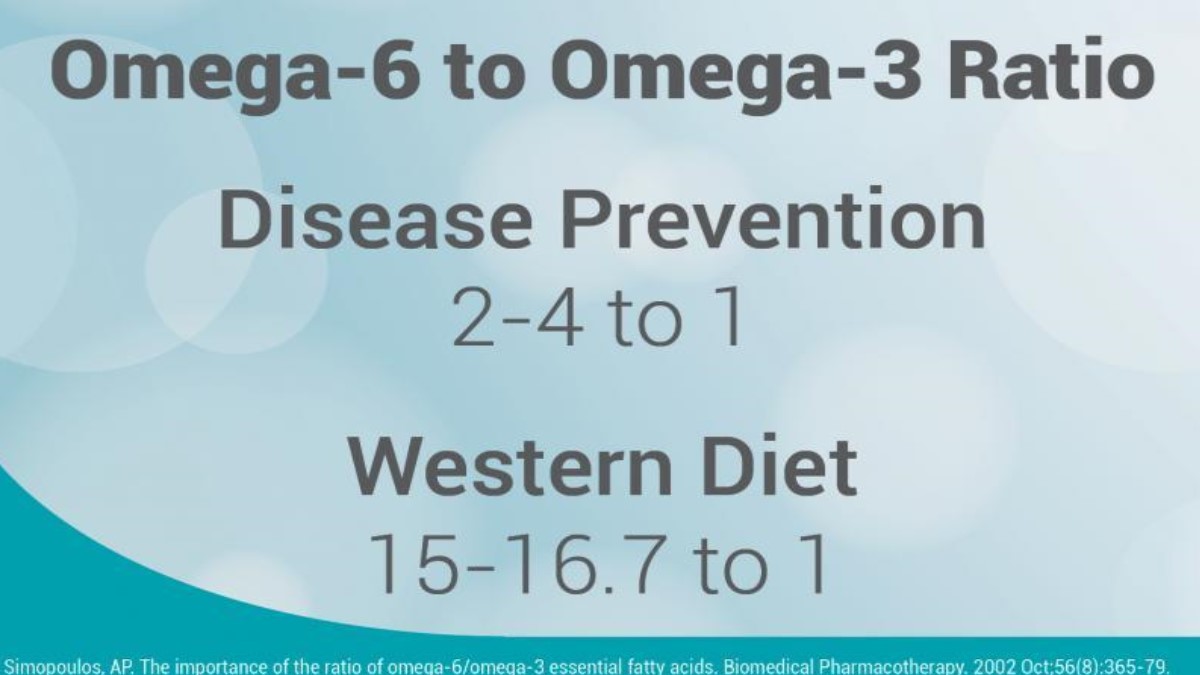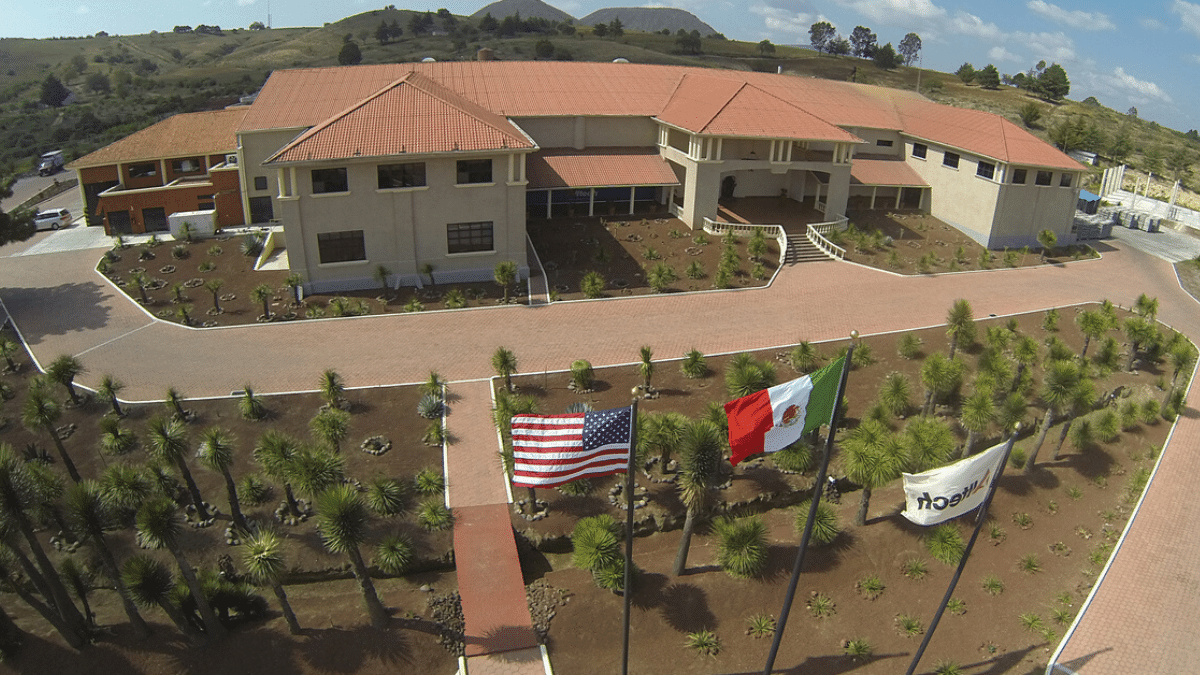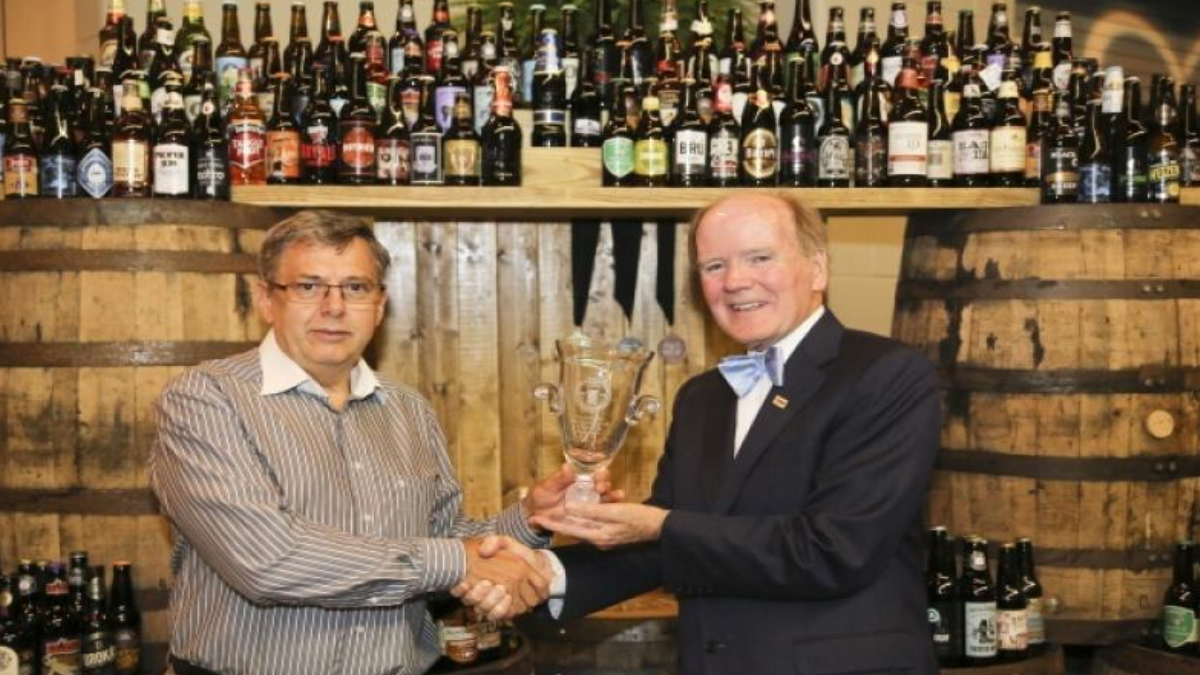How to Optimize Your Omega-6: Omega-3 Ratio
Functional foods have become a hot topic in the food industry due to the push for healthier food products on supermarket shelves. According to the Academy of Nutrition and Dietetics, a functional food is defined as “A food that provides additional health benefits that may reduce disease risk and/or promote good health.” In short, functional foods provide added value to the consumer – more health benefits in each bite. Alltech has focused its research efforts on creating a new generation of functional foods like meat, eggs and milk naturally-enriched with DHA omega-3 fatty acids using algae.
DHA, short for docosahexaenoic acid, is a long-chain fatty acid which is found in the tissues of salmon, mackerel and other fish. It is the only kind of omega-3 that’s efficiently absorbed and taken directly into the cell membranes, and is an essential nutrient that helps support brain, eye and heart health.
Why is a balance of omega-6-to-omega-3 fatty acids so essential?
Although omega-6 (found in nuts, seeds, poultry, eggs and refined vegetable oils) and omega-3 (found in fish like salmon, mackerel and other fish oil supplements) are both classified as essential polyunsaturated fatty acids, they have opposite effects on the body. Omega-6 tends to promote inflammation, necessary in immune response, whereas omega-3 decreases inflammation, an important function in chronic disease prevention. While omega-6 fatty acids are an important part of a balanced diet to promote the immune system, an overabundance of them can contribute to an unhealthy dietary imbalance. That’s why it’s necessary for consumers to ensure they’re consuming a proper amount of omega-3 to balance the omega-6 often consumed in snack foods like cookies, crackers, desserts and fast food. However, Becky Timmons, global technical director of Alltech Algae, notes that fish and fish oil may no longer be the best source of DHA omega-3.
“Awareness is growing among American consumers on the importance of omega-3 fatty acids,” Timmons said. “They are learning that DHA is essential to their health, but do they know where to find it? Fatty fish, like salmon, is the main source of DHA in our diets, but the amount of DHA found in farmed fish has decreased due to the shift in raw materials used in aquaculture diets. There are no content guarantees on fish, so are we actually getting the nutrients in our food that we pay for? By feeding animals a natural diet rich in DHA and producing meat, eggs and milk enriched with DHA, we can shift the omega-6-to-omega-3 ratio towards disease prevention levels through consumption of whole, natural foods instead of supplements or artificially-fortified foods.”
Is producing DHA-enriched foods safe? How does it work?
The process to producing DHA-enriched foods is simple. When dairy cows eat animal feed enriched with DHA from Alltech’s Algae Solutions, that DHA is naturally incorporated into the milk that they produce. The nutritional benefit of this DHA-enriched milk is then passed along to the consumers who drink it. Similarly, when chickens are fed a DHA-enriched diet, the DHA is passed along to consumers via the eggs or meat that these animals produce, providing additional nutrition to the consumer in each bite. The same holds true for both cattle and swine, and the beef and pork they produce. Imagine grilling chicken at your next barbeque that could help your neighbor decrease her risk of heart disease1 or making a milkshake for your child that may assist in decreasing the inflammation that causes his eczema2. DHA-enriched functional foods make this possible, and can be consumed in a tasty and convenient delivery system – the foods we already enjoy eating.
How can you learn more?
Becky Timmons will be a featured speaker during The Algae Opportunity session at the 30th Annual Alltech International Symposium, “What If?”, as well as at Health and Wellness Through the Food Chain, a special seminar taking place Saturday, May 17, leading into Symposium.
The Algae Opportunity session will highlight algae as the future of pharmaceuticals and its role in bio-remediation, while exploring these topics:
- Opportunities from pharmaceutical to carbon sequestration
- Fish oil shortage
- The essential need for DHA
- Where algae can take us in the future
- Links between On-Farm Performance, Diet and DHA
(1) Breslow JL. N-3 Fatty acids and cardiovascular disease. Am J Clin Nutr 2006;83:1477S–82S.
Koch, C, Dölle, S, Metzger, M, Rasche, C, Jungclas, H, Rühl, R, Renz, H, and Worm, M. Docosahexaenoic acid (DHA) supplementation in atopic eczema: a randomized, double-blind, controlled trial. British Journal of Dermatology. 2008;DOI: 10.1111/j.1365-2133.2007.08430.x
- Read more about How to Optimize Your Omega-6: Omega-3 Ratio
- Log in to post comments



















